
What is back-end software development? Tech term in simple words

Dmitry Grishanovich
Head of .NET Department
Have you ever stopped to think about what really happens when you log into an account, buy a product, or search for information online? Most of us take it for granted: a click here, a tap there and everything just works.
But behind that smooth experience lies the engine of software – the back end. It makes your favorite websites and apps not only function, but also stay fast, secure, and reliable.
By uncovering how this layer operates, you’ll see the logic and architecture that handle millions of requests, protect sensitive data, and keep digital products alive. Today I will define back end for you.
What is back end?
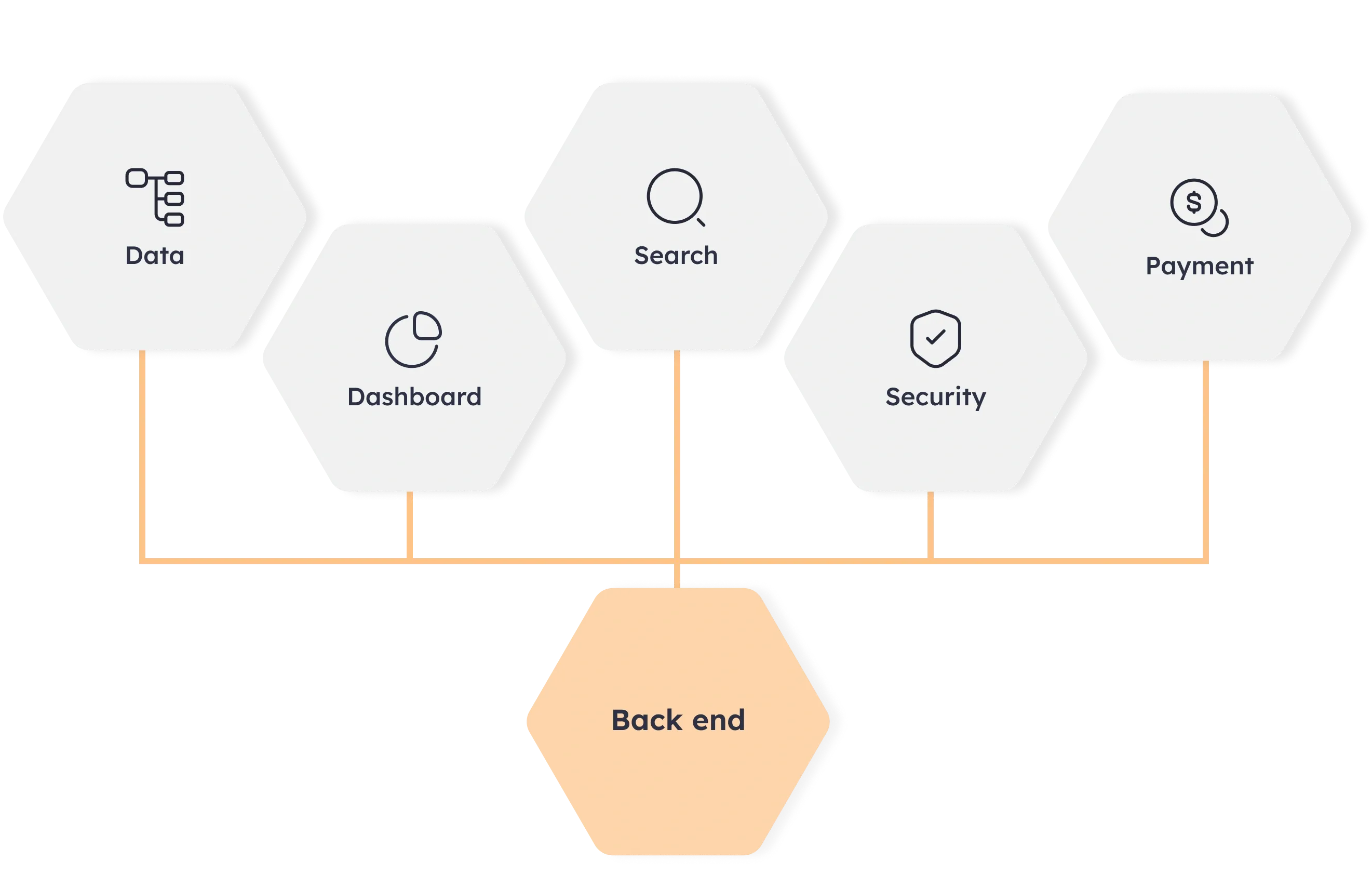
Backend processes behind the app
The back end means the server side of software – the part you don’t see but rely on every time you interact with an app or website. It receives requests from the front end, processes them according to business logic, communicates with databases or external services, and then returns the right response. The back end meaning for projects is high – it ensures that logins are secure, transactions are accurate, searches return relevant results, and all data is stored and retrieved correctly.
Function | What it means in practice | Why it matters |
|---|---|---|
Managing back-end data | Securely stores user profiles, transactions, and other critical information in databases. Techniques like normalization, indexing, migrations, and backups keep data safe and accessible. | Ensures reliable access to information and protects it from loss. |
Connecting apps to external services | Integrates with payment gateways, delivery providers, or analytics tools through APIs. | Expands your product’s capabilities by linking them to third-party services. |
Request handling | Processes every user action (from logging in to placing an order) and decides how the system should respond. | Speeds up launch and adds value for users. |
API work (creation & integration) | Builds and connects APIs so that systems can “talk” to each other. | Makes scaling and new features faster. |
Stability & security | Protects sensitive data like passwords and payment details, while keeping the system running consistently. | A single back-end failure can cost money, clients, and trust. |
Now, knowing the basics, we can immerse ourselves in the development process.
What does back-end development mean?
Back-end development refers to the creation and maintenance of the server-side logic, databases, and integrations that power digital products. In practice, the meaning of back end for us is building a reliable foundation that allows applications to scale, integrate with external services, and deliver consistent performance for end users.
Let's define back end as a structured step-by-step workflow:

Back-end development process
1. Planning:
Business analysts/product managers define requirements, set goals, select tools, and plan timelines.
2. Development:
Back-end engineers build server logic, databases, integrate systems, and write initial tests.
3. Testing & security:
QA engineers identify bugs, run security checks, and validate functionality.
4. Deployment:
DevOps or release engineers deploy the application to production.
5. Maintenance:
DevOps monitors infrastructure and performance; developers fix bugs, update features, and improve the system over time.
Looking for expert guidance?
Whether you’re planning a career shift, exploring business opportunities, or just curious what back-end web development is – our Modsen experts are here to help you.
Dmitry Grishanovich
Head of .NET Department



What back-end programming consists of
Modern back-end development is built on a structured ecosystem of technologies and tools. By using these elements, engineers can create systems that are capable of supporting complex features and interactions.
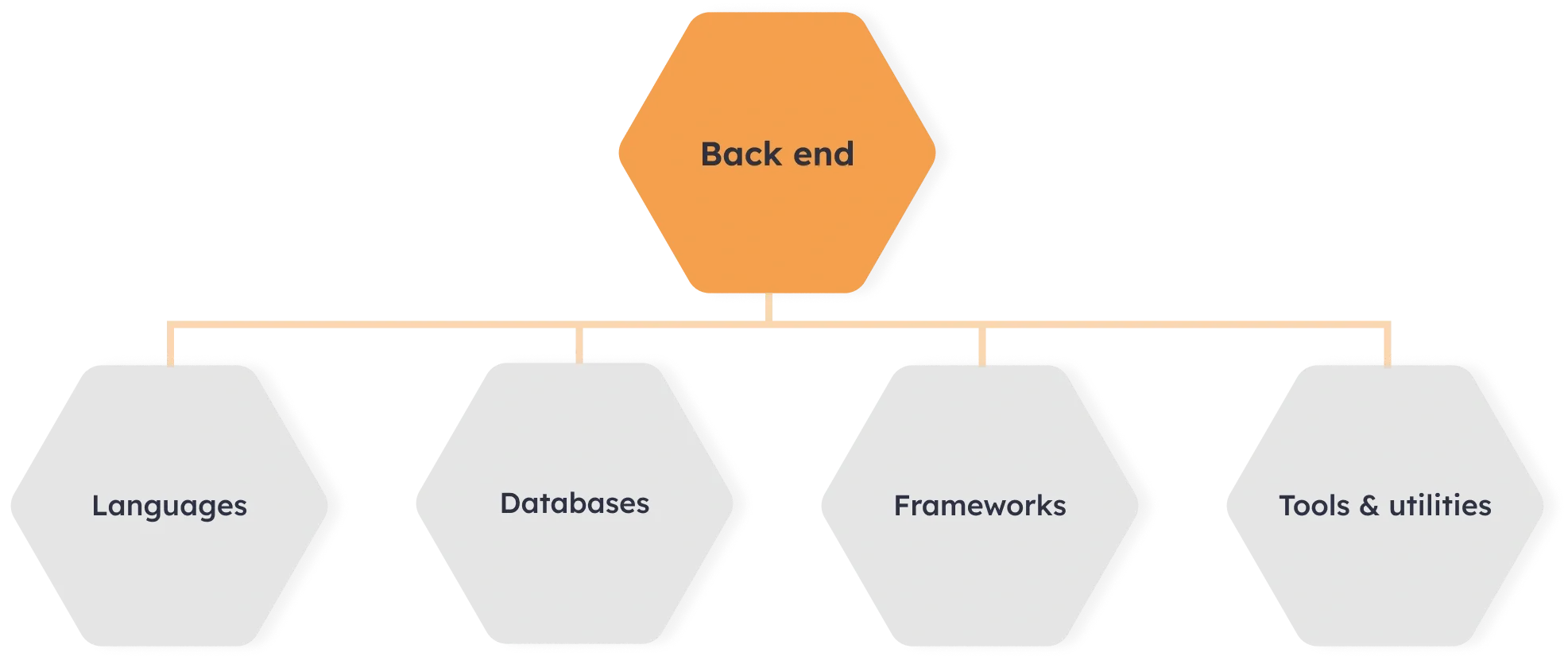
Back-end components
Back-end languages
There are many back-end programming languages and each of them has its strengths:
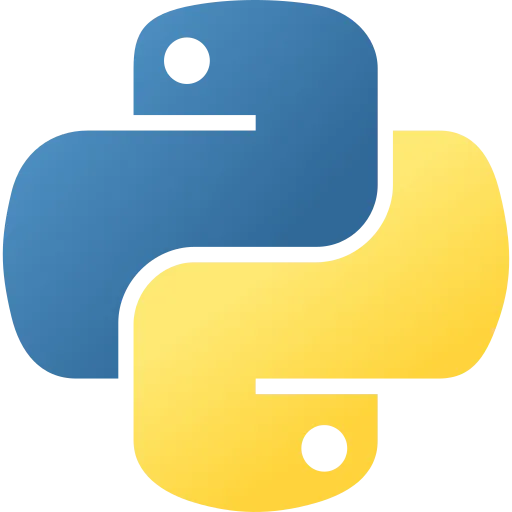
Python

Java

PHP
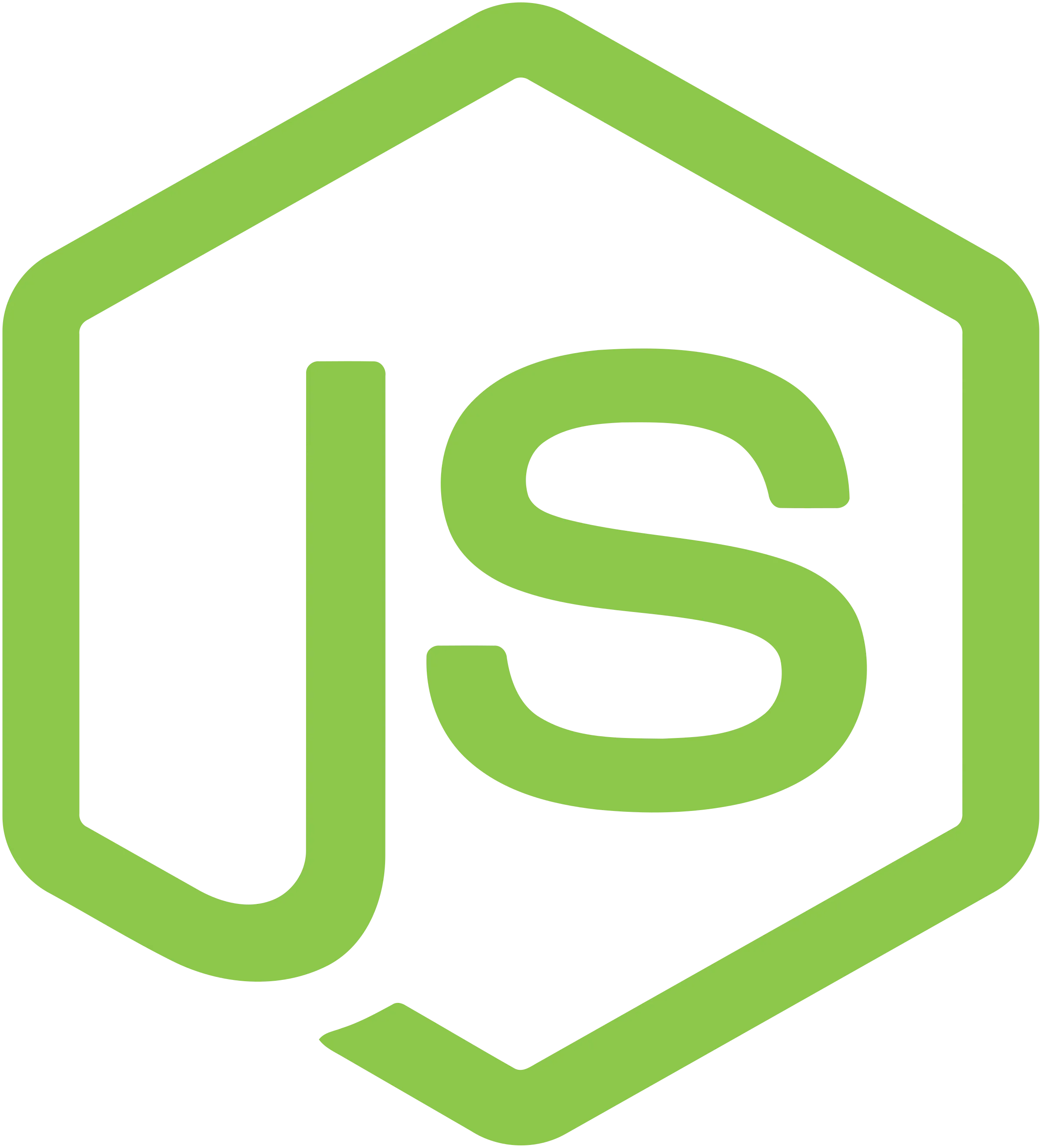
Node.js
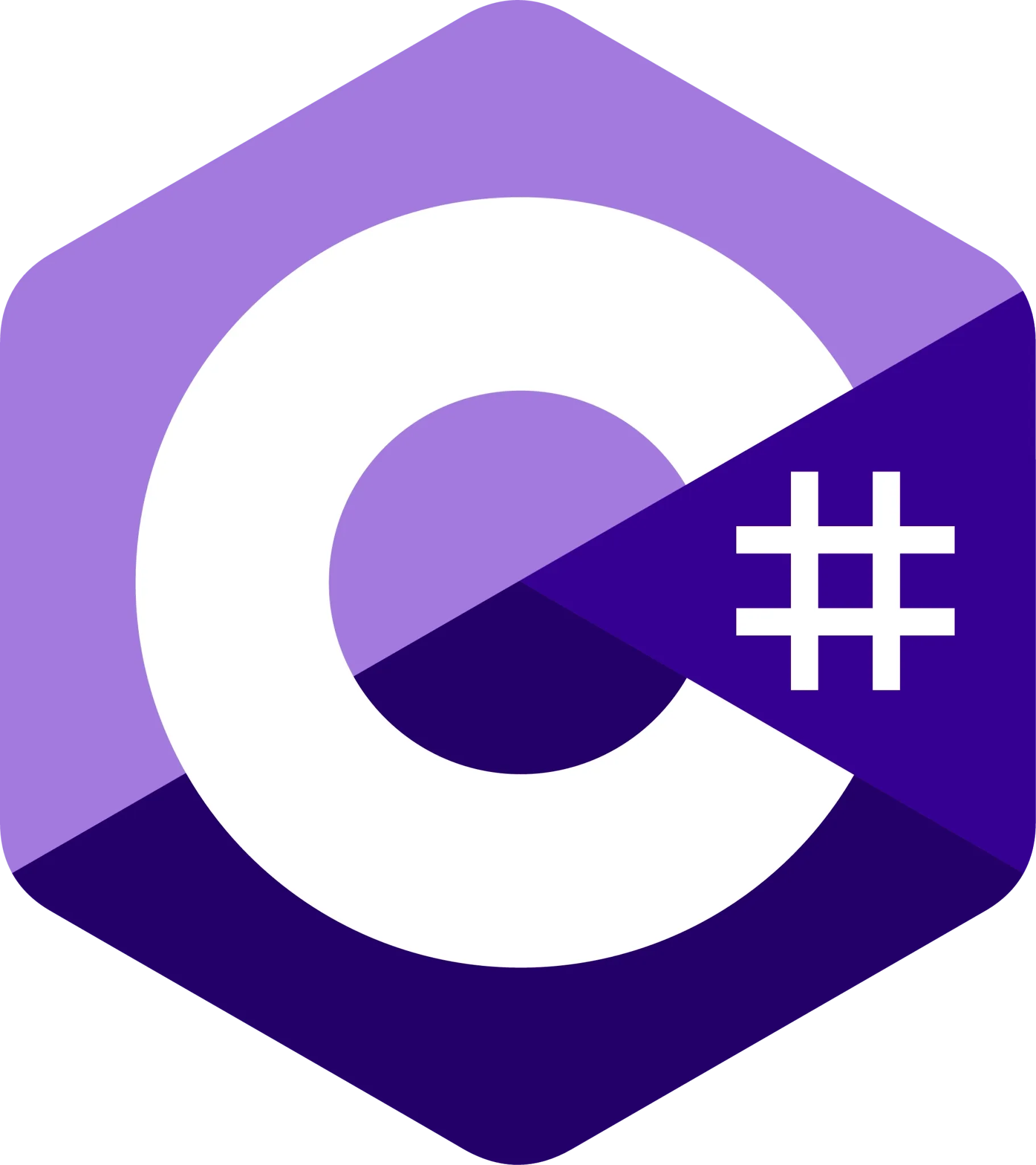
C#
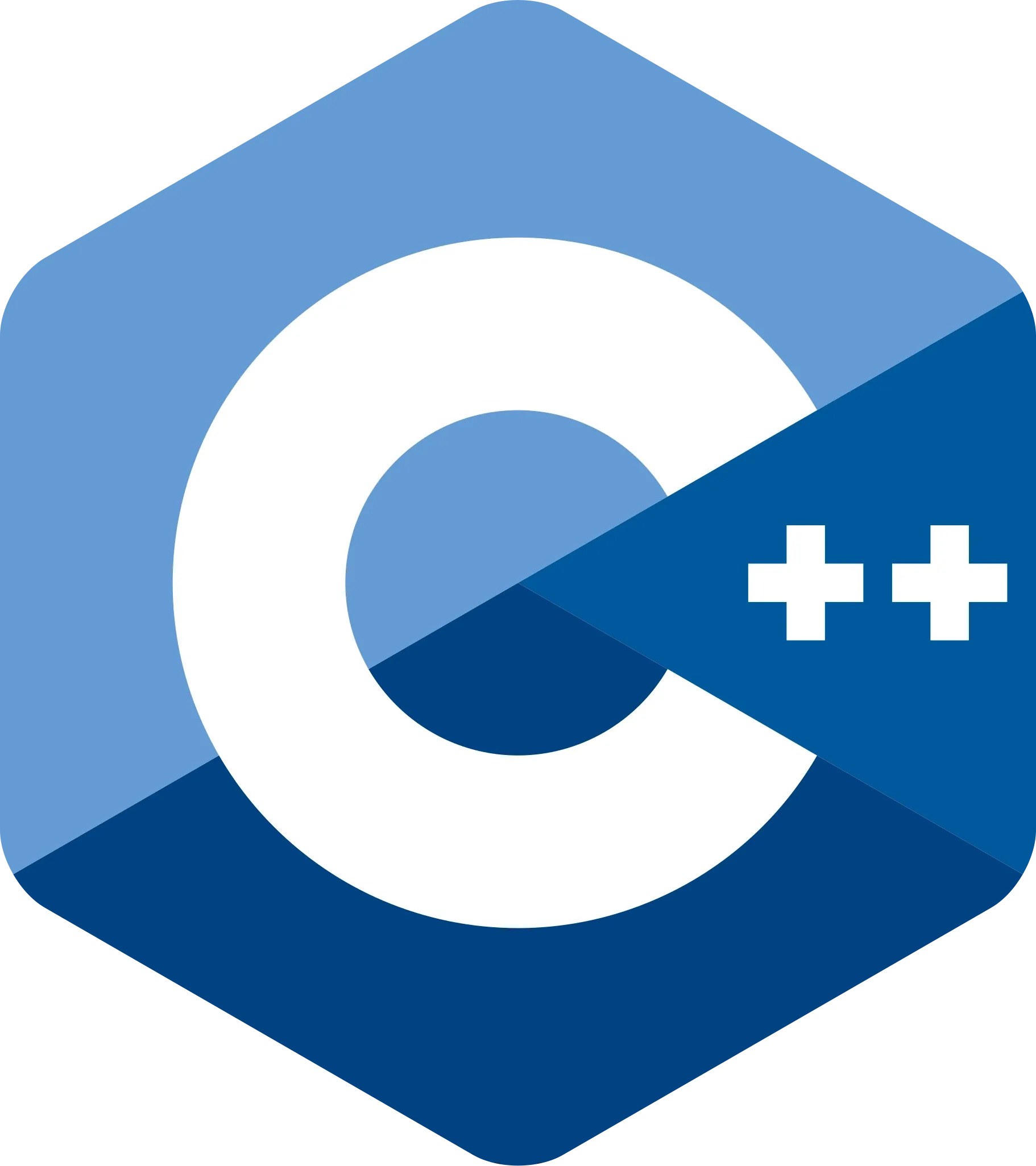
C++

Ruby

Kotlin

Go (Golang)

F#
Python – known for clean code and frameworks that speed up web development and data solutions.
Java – a reliable choice for scalable enterprise systems and high-load applications.
PHP – widely used for web development and powering CMS platforms like WordPress and Drupal.
Node.js – ideal for real-time applications and handling large volumes of requests efficiently.
C# – the backbone of the Microsoft ecosystem, well-suited for business and cloud solutions.
C++ – a powerful option for performance-critical applications requiring low-level control.
Ruby – known for Ruby on Rails, it accelerates MVP and startup development.
Kotlin – perfect for Android and back-end solutions; frameworks like Ktor and Spring give stable, flexible systems that grow with their needs.
Go (Golang) – fast, simple, and perfect for microservices and cloud-native applications.
F# – a functional-first language on the .NET platform, enabling concise, reliable, and scalable back-end code.
Back-end databases
In the back-end engineering, the database is where applications store, organize, and retrieve data. The concept was invented by Microsoft in 1989. Actually, users don’t access databases directly – apps do it for them.
Type | What it is | Examples | Best for |
|---|---|---|---|
Relational (RDBMS) | Organize data in tables with rows & relationships | MySQL, PostgreSQL, Oracle | Structured data, transactions, enterprise apps |
NoSQL | Non-relational, flexible data models: key-value, documents, wide-columns | MongoDB, Cassandra, Redis | Big data, real-time apps, rapidly changing schemas |
Cloud databases | Managed, scalable databases hosted on cloud platforms | Amazon RDS, Google Cloud SQL, Azure SQL DB | Elastic scaling, global access, reduced maintenance |
Back-end frameworks
The back-end meaning in programming frameworks is all about efficiency. Frameworks like Django (Python), Express.js (Node.js), Spring (Java), or Ruby on Rails (Ruby) come with pre-built modules for common tasks – routing, authentication, database queries, and session management.

Django

Express.js

Spring
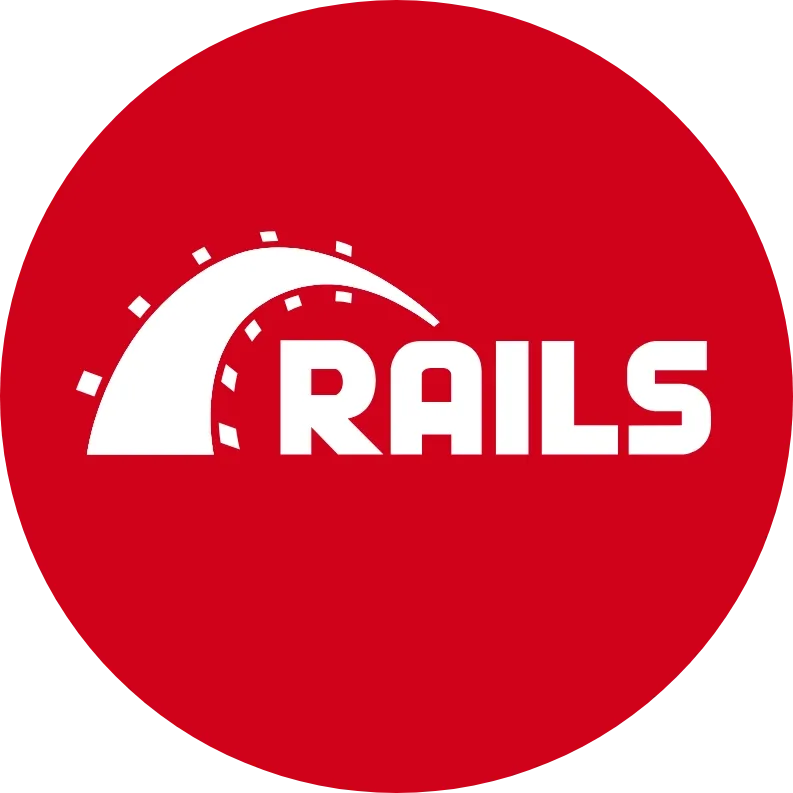
Ruby on Rails
This means developers don’t waste time reinventing the wheel. Instead, they rely on tested, community-driven solutions that enforce best practices and speed up delivery. As a result, frameworks act as the foundation that keeps back-end software development structured and ready to scale.
Back-end tools & utilities
Beyond others, back-end development process relies on a robust toolset to keep applications running smoothly.
Servers like Apache and Nginx handle traffic between users and apps, ensuring stability and efficiency.
Cloud platforms such as AWS, Google Cloud, or Azure provide global reach, while CDNs (Content Delivery Networks) reduce latency by delivering content from servers closer to the user.
New technologies appear all the time, and there’s no need to chase every trend. It’s better to choose a solid, proven stack that fits your needs in terms of stability, ecosystem, performance, and community.
Back-end architecture
Back-end architecture defines how the “engine” of an application is built and organized. In web back-end systems, the choice of structure affects performance, scalability, and future growth.
Monolith vs microservices A monolith is a single, unified system – easier to start with but harder to scale. Microservices split functionality into smaller modules, making scaling and updates faster but adding complexity in management. | REST API vs GraphQL REST provides predictable endpoints and is widely used in projects. GraphQL gives clients more flexibility, allowing them to request only the data they need – perfect for apps with diverse data needs. |
Cloud services (AWS, GCP, Azure) Cloud platforms give businesses scalability, reliability, and global reach. They allow back-end systems to grow without costly infrastructure. | CDN (Content Delivery Network) CDNs store and deliver content closer to users, speeding up applications and reducing server load. |
If you’re interested in learning more about backend architecture (it’s a complex but truly fascinating topic), feel free to reach out to us, and we’ll be happy to walk you through the details.
So, what does back end mean?
A product can look beautiful. But without a back end, it cannot work. That’s the back end meaning for all projects:
No back end → no search results.
No back end → no payments.
No back end → no messages.
Without it, all that’s left is an empty shell. And we can make your project be alive.

Get a weekly dose of first-hand tech insights delivered directly to your inbox